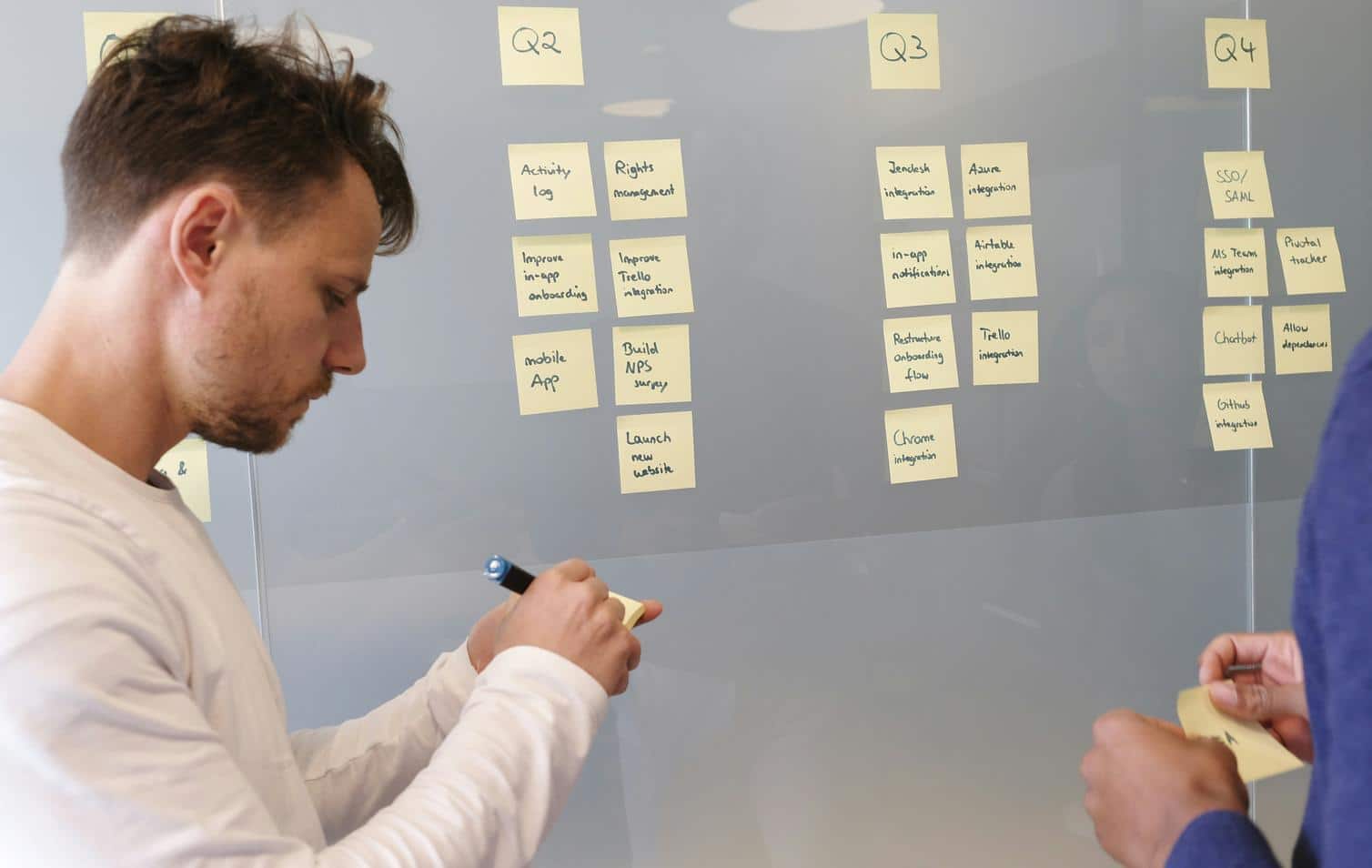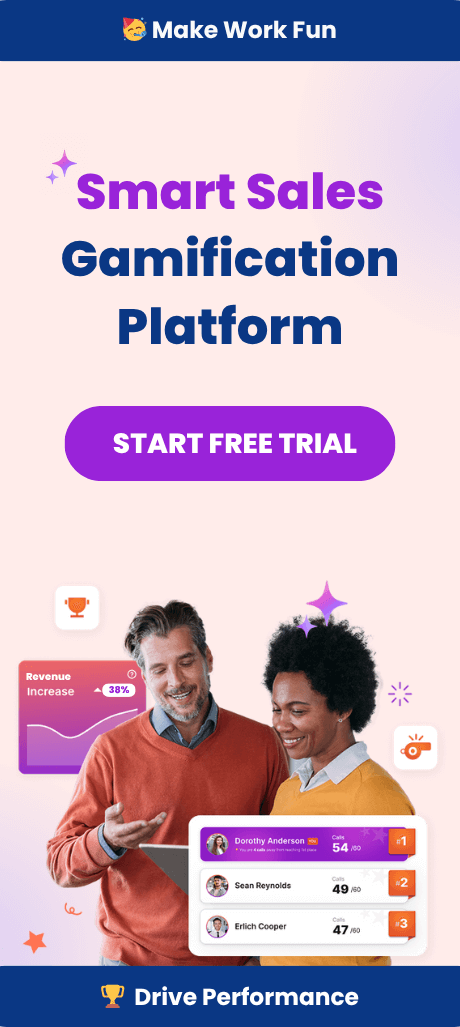Why Customizable Leaderboards Inspire Sales Teams
Across the landscape of modern business, sales teams are battling for not only revenue, but for engagement, motivation, and a sense of meaningful achievement. While financial incentives and one-off competitions for work once sufficed, today’s sales environments require a more dynamic, thoughtful approach to performance tracking and recognition. In this narrative, customizable leaderboards have emerged as a strategic vehicle—not as basic ranking tools, but as engines for sustained motivation, transparency, and performance alignment. For executive leaders charged with driving results, the question is no longer whether to use leaderboards, but how to deploy them in a manner that generates ongoing inspiration and aligns with both company objectives and employee aspirations.
The Leadership Challenge: Beyond Simple Competition
Leaders in sales organizations face a multi-layered challenge. Frontline employees need clarity and motivation, but seasoned professionals require a deeper, more individualized approach to engagement. The effectiveness of traditional sales leaderboards, especially those designed for quarterly or annual ranking, has reached a plateau. At best, they provide snapshots of success, at worst, they foster resentment or disengagement among those not in the top tier. This is why the evolution toward customizable leaderboards is so significant.
Customizable solutions transform what was once a static scoreboard into a living, adaptable performance tool. By enabling flexibility in what is measured and displayed, leaders can spotlight diverse metrics—everything from number of calls made, to deals advanced, to more nuanced behaviors such as mentoring or knowledge sharing. This level of customization honors the complexity of today’s sales roles, empowering leaders to set the terms of competition, recognition, and collaboration.
Rethinking What Success Looks Like
Sales is no longer just about hitting a quota. This reality is reflected in how customizable leaderboards empower organizations to widen the definition of success, acknowledging both headline victories and foundational efforts that drive long-term growth. For example, while end-of-pipeline wins are crucial, early-stage activity—such as prospecting, qualification, and customer education—builds the foundation for predictable success. By configuring leaderboards to consider these key inputs, teams benefit from a more holistic representation of what contributes to organizational health.
This broader view aligns well with the findings of recent research on employee engagement, which underscores the value of ongoing recognition, participation, and visibility into one’s impact. When teams see that a customizable leaderboard takes their full performance footprint into account, motivation deepens and competitive spirit finds a more sustainable expression. This has been echoed in resources like Why Every Sales Team Using Salesforce Needs a Leaderboard and Leaderboards Done Right: Avoiding the Pitfalls which highlight a modern approach to measurement and recognition.
Customizability Unlocked: Key Features for Strategic Advantage
What Makes a Leaderboard Truly Customizable?
For executives considering an upgrade, it is worthwhile to dissect what genuine customizability entails. More than changing colors or themes, a customizable leaderboard enables:
- Custom Metrics: Define which KPIs matter, from raw revenue to activity-based, client engagement, or even soft skills like peer mentorship.
- Real-Time Updates: Watch progress unfold in real time, delivering immediate recognition and recalibrating focus as priorities shift.
- Personalized Visibility: Allow individuals or teams to view the metrics most relevant to their goals, reducing demotivation for those not fighting for the same finish line.
These features not only modernize the leaderboards themselves but invite higher levels of buy-in across functions and tenure levels. When people feel that the metrics reflect both their contribution and skill set, participation becomes proactive.
The Psychological Impact of Recognition
The relationship between recognition and performance is now well-established in engagement literature. But the delivery mechanism is equally important. A leaderboard that is perceived as generic, opaque, or static can paradoxically lead to disengagement. Conversely, a customizable leaderboard that reflects individual or team effort across multiple axes provides meaningful and positive reinforcement.
Consider the concept of frequent and public micro-recognition: a salesperson who may not close the largest deal but consistently fuels the pipeline with high-quality leads can receive visible, authentic acknowledgment. This gesture creates ongoing behavioral alignment and fosters a sense of contribution, a theme reinforced in articles on The Power of Employee Recognition. The psychological boost—akin to performance reviews in real-time—plays a vital role in creating sticky engagement and unlocking discretionary effort.
From Metrics to Missions: Aligning Boards With Organizational Purpose
Highly customizable leaderboards address the classic executive dilemma: aligning team incentives with broader business missions. While hard sales numbers still matter, in high-performing cultures, soft goals such as learning, cross-skilling, and collaboration are increasingly viewed as leading indicators of future results. Platforms that allow weighting of these softer KPIs alongside revenue or pipeline-based metrics invite a richer and more resilient team dynamic.
This evolution supports a company in rallying teams around not just the numbers, but also around shared values such as customer centricity, innovation, or inclusion. By curating what gets measured and celebrated, leadership can subtly nudge behavior in directions that traditional compensation structures might not reach.
Real-World Example: Cloud-Based Custom Leaderboards
Consider the transformation when a global SaaS team implements a cloud-based, customizable leaderboard. Now, not only is the leaderboard accessible across regions and devices, but leaders can tailor visibility based on region, division, or project. This is particularly significant for organizations with distributed or hybrid teams. Metrics can be customized to reflect regional differences—such as local buying cycles or product launches—providing relevance and engagement at every level.
Such tools are scalable and easily integrated into existing workflows. This ensures that displays remain current, actionable, and contextually meaningful for every cohort. The process of tracking, comparing, and celebrating progress becomes not a distraction or afterthought but an integrated part of day-to-day operations.
Benefits Beyond Motivation: Data, Coaching, and Strategy
Why Executives Champion Custom Leaderboards
Customizable leaderboards are more than motivational devices—they become foundational for strategic coaching and iterative optimization. By zooming in on both lagging and leading indicators, leaders are empowered to:
- Identify Coaching Opportunities: Reveal where reps excel or struggle by surfacing trends in activity and results.
- Spot High-Potential Employees: Notice top performers in less-visible areas, uncovering leadership potentials.
- Optimize Incentive Plans: Tailor recognition and rewards to align with the most impactful behaviors and stages of the sales funnel.
This data-rich approach enables course correction before problems are reflected in end-of-quarter results. It also helps craft compensation, incentive, and training programs based on the reality of team output rather than assumptions or outdated playbooks. For additional insight, see approaches outlined in Why Account Manager KPIs Must Evolve.
Employee Engagement Board Ideas: Sustaining Interest Long-Term
It is not enough to roll out new technology—lasting engagement requires that leaderboards remain fresh and compelling. Smart organizations think in terms of engagement management software that allows iteration, gamification, and storytelling within the platform. For example:
- Rotating Metrics: Feature different KPIs or behaviors each month based on shifting priorities or seasonal campaigns.
- Overlaying Mini-Contests: Add competitive sprints, micro-achievements, or anniversaries to keep excitement high.
- Integrating Recognition Moments: Include space for manager shoutouts, peer praise, or customer testimonials within the leaderboard feed.
By infusing storytelling and variety into the cadence of recognition, companies avoid leaderboard fatigue and sustain buy-in over multiple quarters or fiscal years.
Technology Integration: Seamless Systems and Data Flow
In the past, manual leaderboard management created friction and inefficiency. Modern customizable platforms streamline this by integrating with key sales management software, CRMs, and engagement tools. The ideal solution ingests data, auto-calculates rankings against tailored formulas, and updates visualizations instantly and securely. This minimizes admin burden and keeps the focus on interpreting insights and taking action, not simply collecting information.
Many organizations are now leveraging market-leading platforms, including those with AI-driven features that anticipate trends or suggest new metrics to spotlight. For leaders evaluating solutions, it’s advisable to start with a demo of a customizable leaderboard system to see how these integrations can best serve specific organizational needs.
Designing for Inclusivity and Collaboration
One of the risk factors of leaderboards is their potential to breed unhealthy rivalry or exclusion. However, by building customization into the platform, executive sponsors can design incentive structures that celebrate both solo and team success. Displaying cohorts, squads, or cross-functional achievements provides recognition outside of the typical ‘winner takes all’ paradigm.
Inclusivity is further reinforced by empowering employees to contribute feedback or choose some tracked metrics, fostering a sense of autonomy and agency. When participants help define what matters, participation and enthusiasm rise, which leads to measurably improved employee satisfaction and retention.
Connecting Leaderboards to Broader Engagement Strategy
A customizable leaderboard is not a silver bullet, but rather a key cog in a larger engagement machine. To maximize impact, it should be part of a comprehensive approach that includes recognition programs, skills development, and transparent communication about progress and goals. Many high-performing companies combine their leaderboard strategy with ongoing training, peer coaching, and opportunities for advancement.
By integrating leaderboard insights with employee reward systems and structured feedback sessions, managers foster a loop of learning, recognition, and commitment that propels both individual and team growth. This holistic alignment, supported by robust engagement management software, creates a workplace environment where motivation is intrinsic and sustained.
Future Trends: AI and Predictive Performance Management
The roadmap for leaderboards points toward even greater sophistication through AI and machine learning. Advanced tools are beginning to offer predictive analytics, surfacing not only who is currently leading but who is likely to excel based on emerging trends. AI-powered features can also personalize motivational nudges and suggest micro-challenges based on individual patterns. These innovations aim to reduce bias, improve fairness, and maximize every rep’s personal growth journey.
Platforms that continually evolve with these technologies are best placed to offer enduring value. For sales leaders and RevOps executives, choosing a flexible and future-proof leaderboard solution is now a non-negotiable pillar of the broader employee engagement and performance strategy.
Executive Takeaways and Next Steps
Customizable leaderboards are no longer just a high-tech novelty. They provide a lever for culture transformation, sustained performance optimization, and deep employee engagement. Organizations investing in these capabilities report measurable improvements in attainment, retention, and overall satisfaction across their sales teams. The secret lies not in simply visualizing the scoreboard but in shaping what gets scored, celebrated, and supported over time.
For executive teams ready to evolve their approach, starting with a trial of a top-rated customizable leaderboard platform can demonstrate fast ROI and reveal new avenues for data-driven coaching. The future of sales success will not be defined by static rankings, but by the agility, inclusiveness, and strategic alignment fostered by the next generation of performance measurement tools.
Summary: Measuring What Matters, Inspiring Who Matters
In the contemporary sales environment, where change is relentless and the war for talent is fierce, investing in a customizable leaderboard is both a competitive and a cultural necessity. By centering recognition on diverse, evolving, and meaningful metrics, executives foster not only higher numbers but also a culture where every employee sees their value reflected back in real time. That is the essence of engagement, and ultimately, of winning—together.



